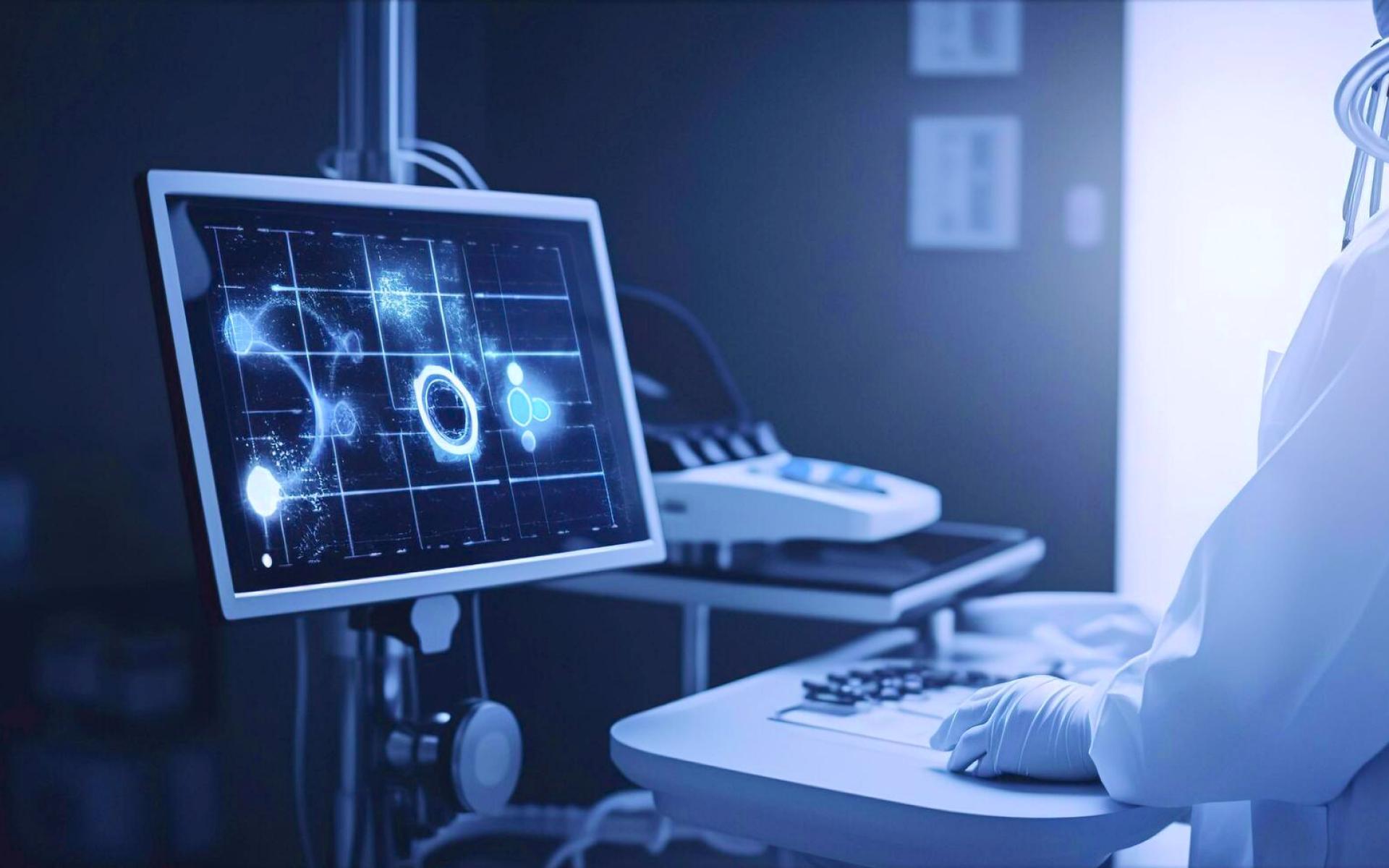
- Healthcare Software
Medical Imaging Software Development: The Ultimate Guide
Explore the ins and outs of medical imaging software development with JetBase’s practical guide and find the vendor for your own solution.
October 10, 2024 | Updated on November 24, 2025 | 10 min

Alex Padalka
CEO and Co-founder at JetBase
Table of Contents
- What is Medical Imaging Software?
- How Medical Image Analysis Software Works
- The Potential Impact of Imaging Software on Healthcare
- Key Trends in Medical Image Analysis Software
- Departments That Benefit from Medical Imaging Software
- Who Uses Medical Image Analysis Software?
- Step-by-Step Guide to Medical Imaging Software Development
- Must-Have Features in Medical Imaging Software
- Technical Requirements for Medical Imaging Software
- Common Challenges in Medical Imaging Software Development
- Medical Imaging Software Cost Factors
- The Future of Medical Imaging Software
- Create Your Own Medical Imaging Software with Jetbase
- FAQ
Our Cases
Innovation isn’t just about ideas - it’s about execution, turning vision into reality, and creating solutions that truly make an impact. See what we’ve built and how it works:
- HealthCare
- Media & Entertainment
- eCommerce
- Amazon Web Services
- Cloud Cost Optimization
- Serverless Application
- Retail
- HealthCare
- Media & Entertainment
- eCommerce
- Amazon Web Services
- Cloud Cost Optimization
- Serverless Application
- Retail












